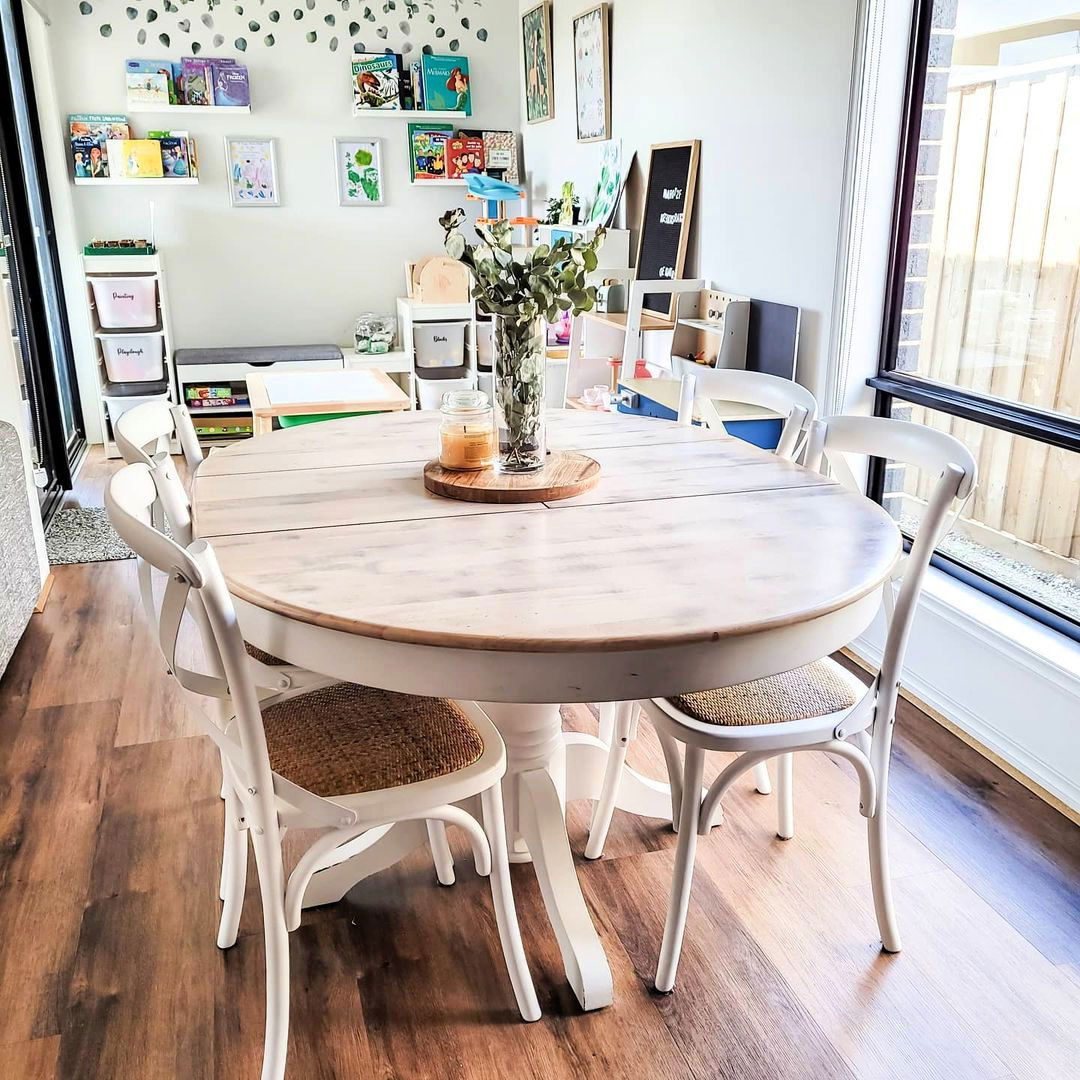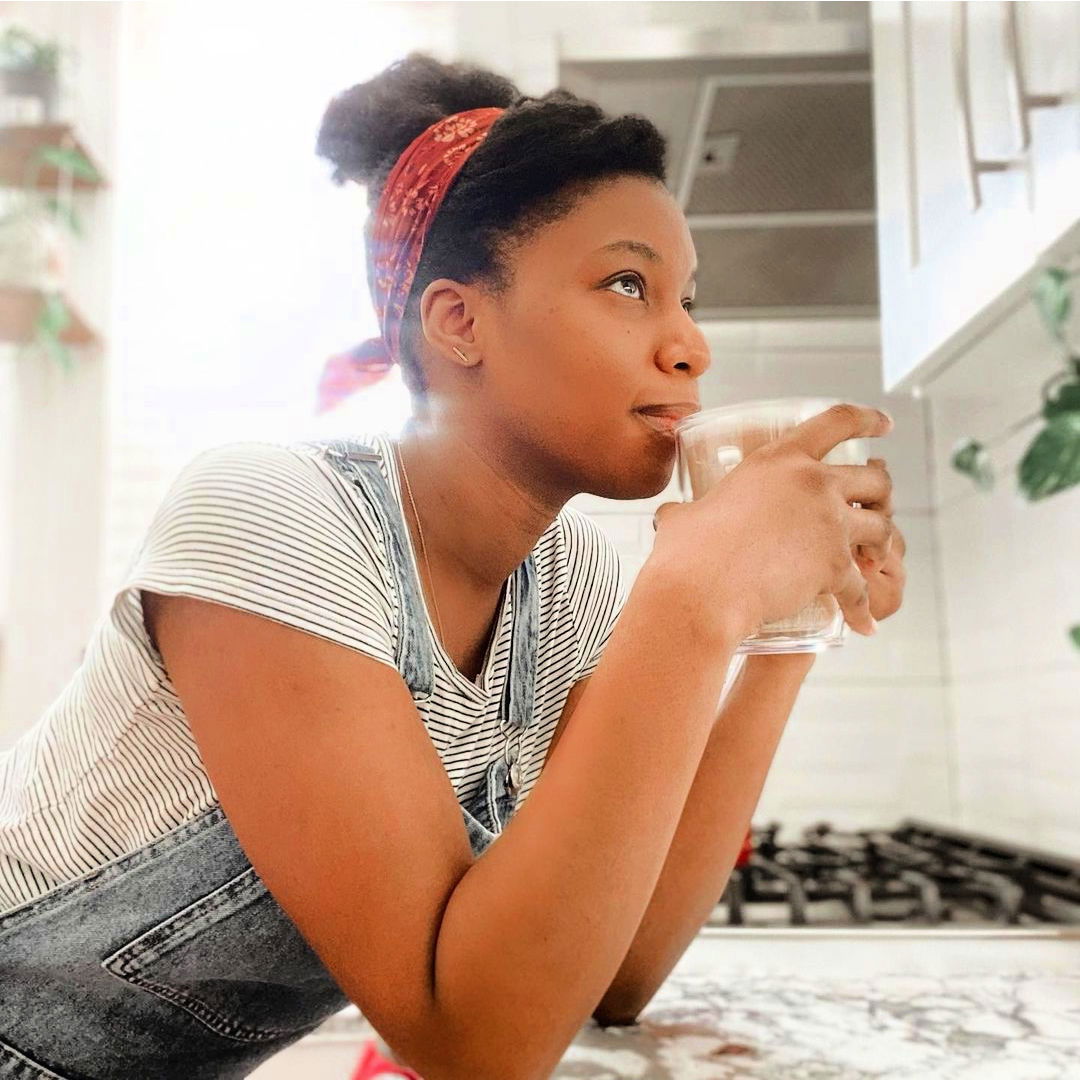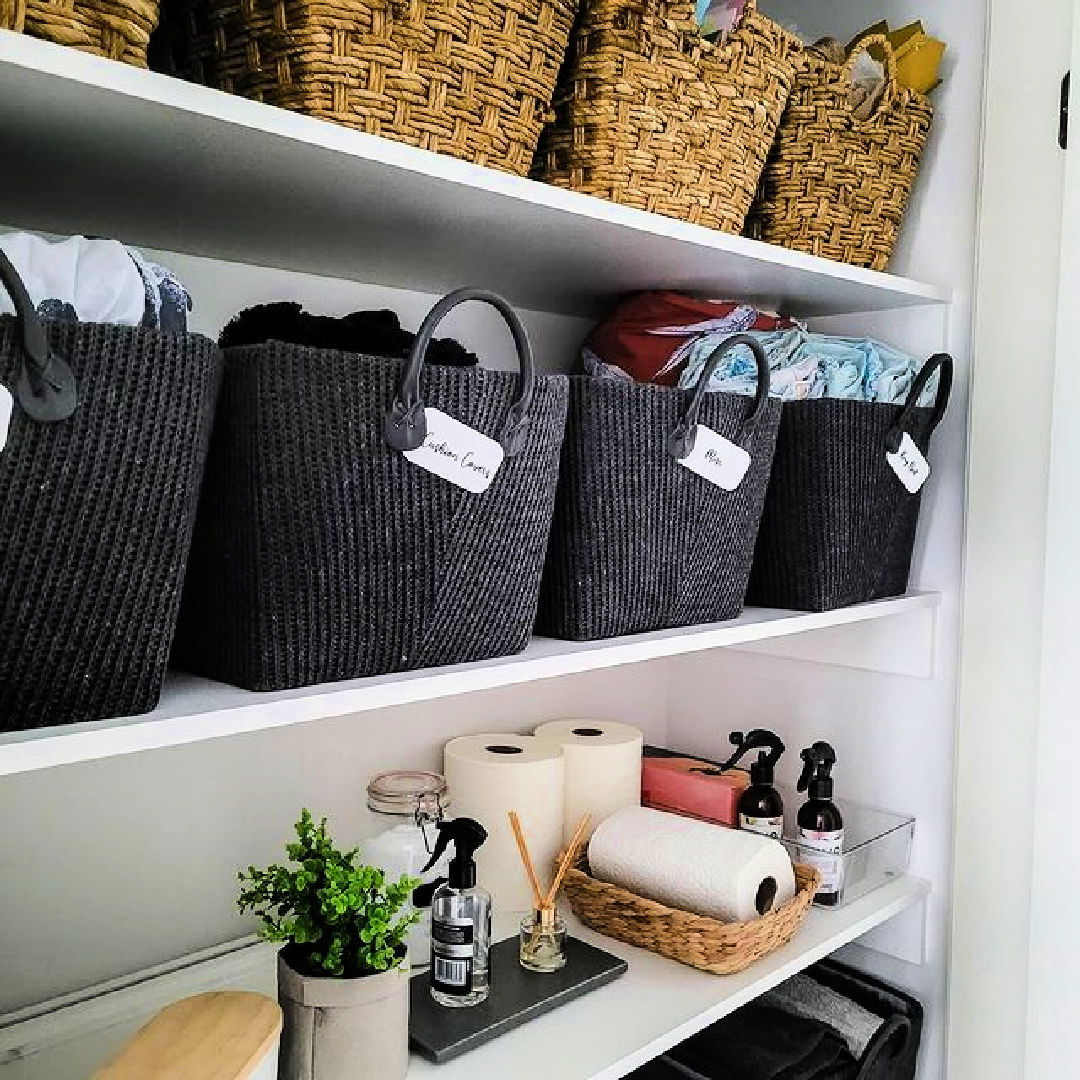DIY procrastination is a normal side effect of a busy life. You find other tasks to deem more important, you put it off to “next weekend”, or you might even be unsure about liking the end result. Instead of justifying your lack of time to get started, take a look at both the long-term and short-term benefits of working on your project sooner rather than later.
When it comes to crafting, it’s important to remember that you started this hobby for a reason. DIY often starts out as a need that turns into a want: you may have decided to tackle a home repair yourself and ended up finding joy in that physical activity. When it comes to saving money, developing new skills, and even improving your mental health, DIY projects have a wealth of positive effects. If you’re struggling to find reasons to get started on a project that’s DIY you’ve had saved away for weeks, months, or even years, here’s your sign! These are eight reasons to start your next DIY project.

1. Enhancing Creativity
Having a healthy outlet is beneficial for a number of physical and mental health reasons – but strengthening your creative core is another plus. When building something that takes more brainpower and needs creativity, you're developing parts of your brain that you may not have used extensively since childhood. As adults, some people believe imagination and creative outlets are for children or highly skilled individuals. In reality, pursuing creative hobbies regardless of your expertise increases your focus, critical thinking skills, and brainpower.
2. Exercise
Even the most basic hobbies that are DIY or crafting projects like crochet or reorganization have some element of physical activity. When you factor these projects into your regular routine, you'll see a development in your physical health. Labor-intensive jobs that require building, painting, and climbing contribute to cardiovascular health and stamina; smaller jobs are still contributing to some form of cardio, aerobics, or mind-developing exercise. Just like any type of exercise has some degree of positive effect on your body, so do the various types of crafting and DIY.
3. Mental Health Wellness
A common suggestion that mental health professionals give to clients is to find a fulfilling pastime. Crafting and DIY provide a source for inspiration, motivation, and accomplishment that are crucial for those in a rut or working through mental health conditions. A counselor is trained to provide assistance when evaluating schedules and developing healthy routines, which often include setting aside time for a personally gratifying activity.

4. Developing New Skills
Creating something is more than just the completed product. You have the opportunity to develop new skills, find tips and tricks that can be applied in other areas, and occasionally get a brief history lesson. The idea that “an old dog can’t learn new tricks” goes out the window when you find that research has proven learning a new skill in later years can help your brain stay healthy. Your projects help keep your mind sharp while also giving you a new set of talents that contribute to more than just handyman work.
5. Saving Money
A project that has DIY aspects is often started to save on the cost of hiring someone else to do it. While you may still need to call a plumber or electrician for technical problems, you’ll find that many in-home issues can be fixed with your own tools and manpower. Especially with the help of the internet in this era, more people are finding that tasks like hanging a door, upcycling old furniture, and creating a personal garden are things they can do themselves. While your first DIY craft may cost more out of pocket, the tools and skills you pick up are things that can be reused for years to come.
6. New Relationships
It’s rare for a DIY project to take you on an entirely solo process. You’ll occasionally need advice, clarification, or some inspiration to get from one step to the next. In this case, you’re likely to find new communities and blogs that hold plenty of information and tips. If you’re looking through forums or online groups, you’re more than likely to find others that have similar issues or accomplishments and are on your level of expertise. It’s also easy to find a new mentor or inspiring expert to follow.
7. Building Confidence
Creating something yourself, whether you follow a guide or your inspiration, is a reminder of your own personal talents. Even as a beginner, you can see how quickly you understand things, persevere through frustration, and build something you can be proud of. DIY creates a space that you have a hand in with quality work you can admire as your own. Because it creates an active space, it’s a productive pastime that teaches you something, adds to your space, and gives you something to show off to friends, family, and visitors.

8. Environmentally Friendly
DIY crafting is often much more environmentally friendly than purchasing a new item or having a team fix something. Upcycling isn't a new trend, but during quarantine, it picked up popularity once more as people were looking for creative ways to switch up their space. Upcycling is the practice of taking old and used materials and turning them into something newer and useful. Whether you’re using glass or plastic bottles for art, repainting and repurposing older furniture, or using old clothes for stuffing or sewing projects, upcycling is a broad craft.
Life has a way of filling up schedules and routines with both important and monotonous tasks. Sometimes, it’s difficult to find the space to relax and do something you’ve been looking forward to. But remember, DIY procrastination is a typical symptom of having a busy life. To work through that mental block, remind yourself of the benefits this hobby gives you and your household. Instead of filling those weekends and spare moments with television or long hours lounging in bed, take out that saved DIY folder and pick your favorite file to start on!

